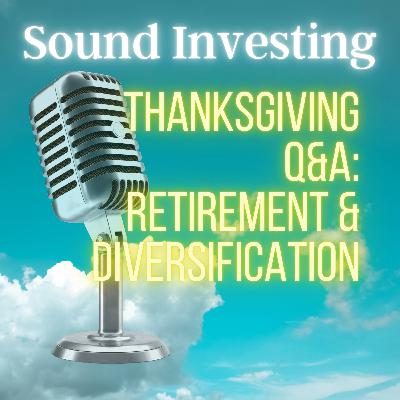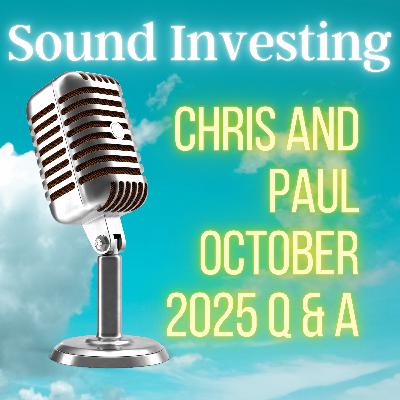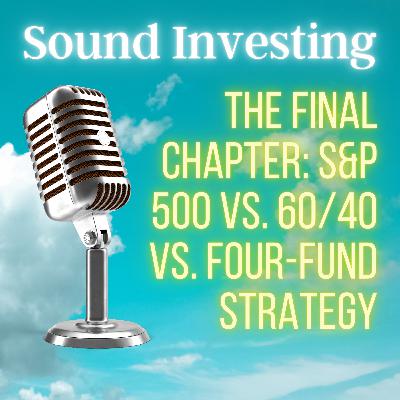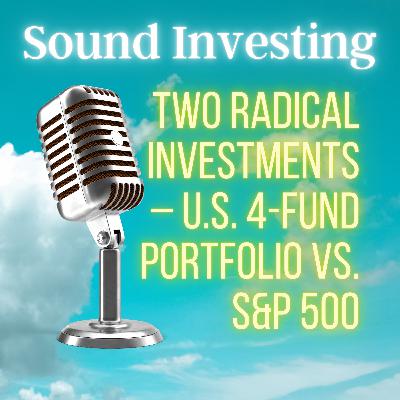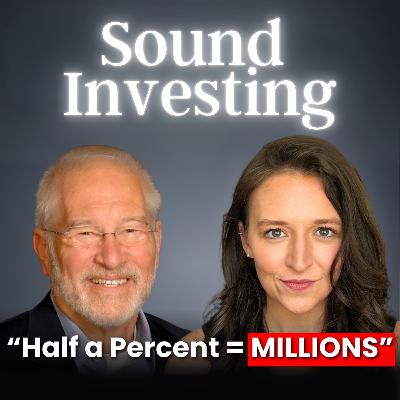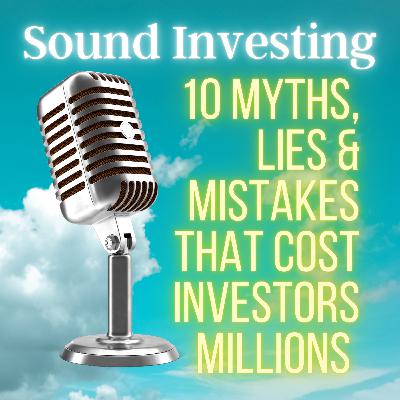Can You Trust the Market? Equal-Weighted S&P 500 vs. Four-Fund Strategy
Description
In this week’s episode, Paul Merriman shares lessons from a lifetime of investing—prompted by conversations with students, longtime collaborator Rich Buck, and questions from new investors about trust and risk.
Paul dives deep into the data behind his favorite long-term strategies, including the equal-weighted S&P 500 and the classic Four-Fund Portfolio, comparing 25-year results across multiple time periods.
He explains why no one can predict short-term returns, but how history can still guide your long-term strategy. Using decades of data, Paul shows how diversification across size and value has rewarded disciplined investors—even when recent performance has lagged.
Referenced Tables & Data:
40-Year Returns (1928–2024): S&P 500 best 12.5% / worst 8.9%
25-Year Periods (1950–1974, 1975–1999, 2000–2025)
Equal-Weighted S&P 500 (VADDX/RSP) vs. Cap-Weighted (VTSAX, S&P 500)
DFA Small Cap Value (DFSVX and DFFVX)vs. Russell 2000 Small Cap Value (IWN)
Four-Fund Portfolio (S&P 500, Large Cap Value, Small Cap Blend, Small Cap Value)
Two-Fund Portfolio (S&P 500 + Small Cap Value)
From 2000–2025, the S&P 500 compounded at 8.3%, while the equal-weighted version earned 9.9%, and small-cap value reached 11.1%. Paul explains why this premium persists and why patience—backed by data—is an investor’s greatest advantage.
Full tables and charts available at PaulMerriman.com



